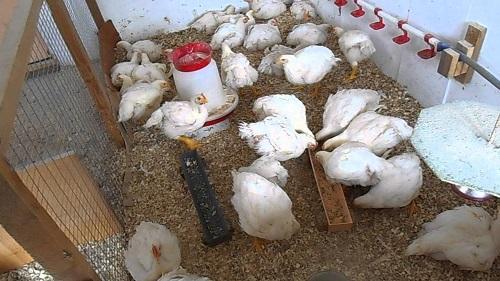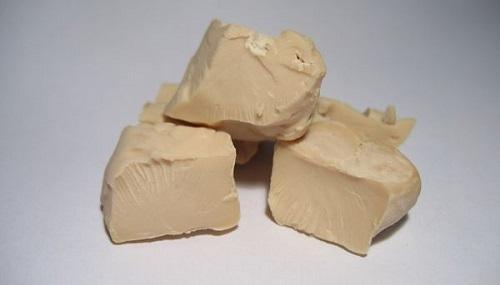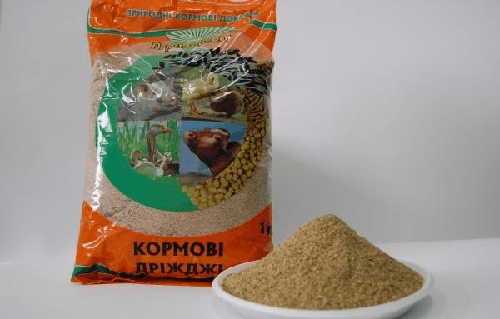How to give yeast to broiler chickens?
Raising broilers at home is a little different from breeding them in a factory. In this case, there are ample opportunities to feed the chickens with natural additives, such as food waste and food from the human table. The growing body of broilers also responds well to the introduction of yeast into the feed. The active yeast components stimulate the appetite and rapid growth of the chicks, however, it is important to know how to properly feed the yeast to broiler chickens.
When can yeast be added to chicken feed?

Poultry farmers differ slightly on the timing of adding yeast to young broilers. Some believe that this can be done when the chicks are one month old.
However, most of the farmers growing broilers, practice the introduction of yeast when the chickens reach the age of 20 days, when they begin to actively grow. The main thing is not to do this earlier, because small chicks have not yet strengthened ventricles, and yeast supplements will only aggravate the situation.
At the first introduction, a single dose of yeast for one chicken is not more than 2 g.
Yeast must be present in broilers' food "menu" until the chickens reach 50 days of age, that is, until the moment of slaughter.
What yeast is added to chicken feed?
The following substances are more often used as feed additives for broilers:
- Baker's Wet (Dry) Yeast... They are used for the preparation of wet mash.
- Feed dry yeast. Are part of the purchased compound feed in the required proportions. Separately used for self-preparation of starting and finishing feed.
Wet mash with baker's yeast

Baker's yeast can be added to wet feed by first diluting it in warm water. In order to get 10 kg of wet yeast mash, you will need:
- 10 kg of dry feed mix;
- 300 g wet yeast;
- 15 liters of water.
All components must be thoroughly mixed and placed in the sun or in a warm place for 6 hours. The mass must be stirred every two hours.
The remains of the yeast mash that the chicks did not eat should be thrown out of the trough, otherwise it will ferment.
Feed mixture with dry yeast

Often, poultry farmers themselves prepare starter and finish feed for chickens by adding dry feed yeast to it. It is important to observe certain proportions here. Thus, a balanced starter feed mixture should contain at least 5% of feed yeast from the total mass. The yeast ratio in the finishing feed also remains at 5%.
Cooking a wet mash with yeast - video